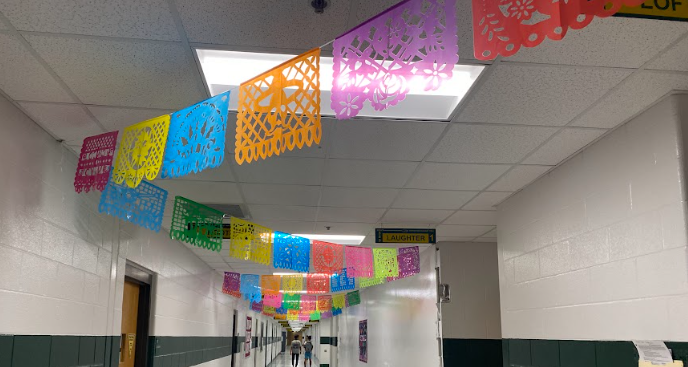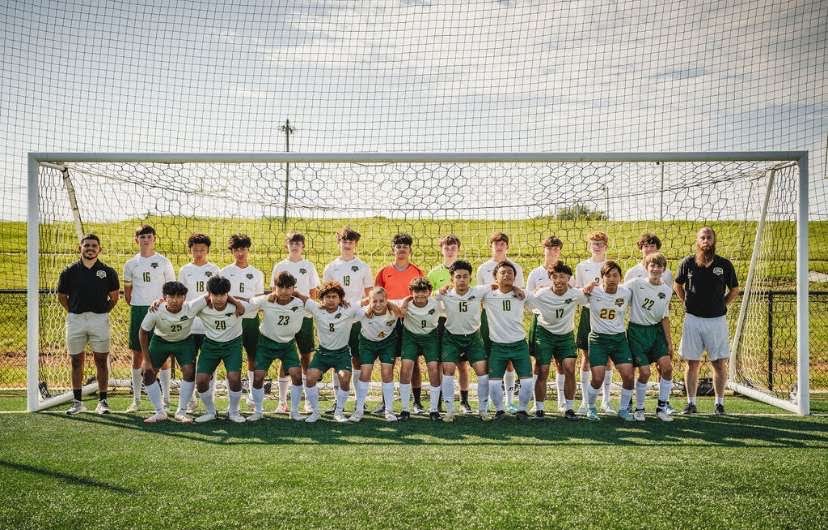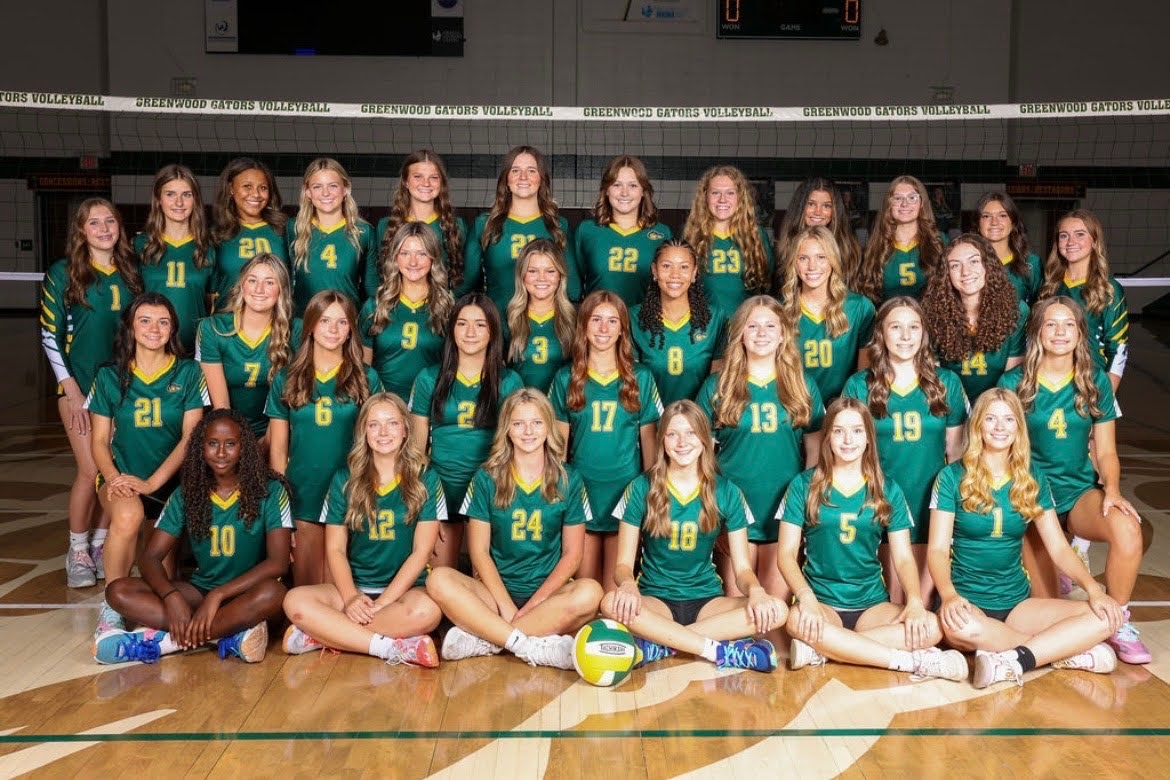As homecoming season is now in session here at Greenwood, potential homecoming queens (and princesses) have also been selected. Excitement and anticipation arise as we await the announcement of the homecoming queen, but how has this tradition started and evolved? To start, what even is homecoming? Homecoming is a tradition celebrated in the fall by American high school students to welcome former students of the school. It’s a significant event in the school usually involving a football game on the school grounds and a dance/banquet with a theme of some kind afterwards. The activities can vary from school to school but one thing that all schools endorse is homecoming kings and queens. Homecoming kings/queens are usually seniors selected in different ways in schools and runner-ups and princesses are also selected to become part of the homecoming court. Princesses are the underclassmen homecoming queens, each grade votes one girl to be their homecoming star but senior girls are considered the homecoming queen. Kings (or in some schools, escorts) can also vary in ways to be selected, it can also be the way homecoming queens are determined. Even if kings in the past were known to rule their monarchies and lead the way, homecoming queens have also been the rage and truly the stars of homecoming, sorry kings.
This tradition is one of the staples of the high school experience, but when did the crown begin? In the early 20th century, homecoming court has finally been introduced to America starting with colleges celebrating alumni with football games. Eventually, this tradition of homecoming settled into high school ages as well. The homecoming court was introduced in the 30’s when seniors were only selected and the selectees were crowned based on looks rather than personality. Homecoming queen dates can vary from school to school. Still, one of the oldest and first homecoming queens was crowned in 1941 at the University of Missouri named Betty Hall, a student at the university. 36 years later, the first homecoming king at Mizzou was declared named Don Downling in 1977.
In late 1968, the first African-American homecoming queen was elected at the University of Houston. According to the article Lynn Eusan: Legacy of Slain Advocate, Lynn Eusan was a journalist, advocate, activist, and sorority girl who changed history. Only a few years earlier, the University of Houston began welcoming people of color onto its campus
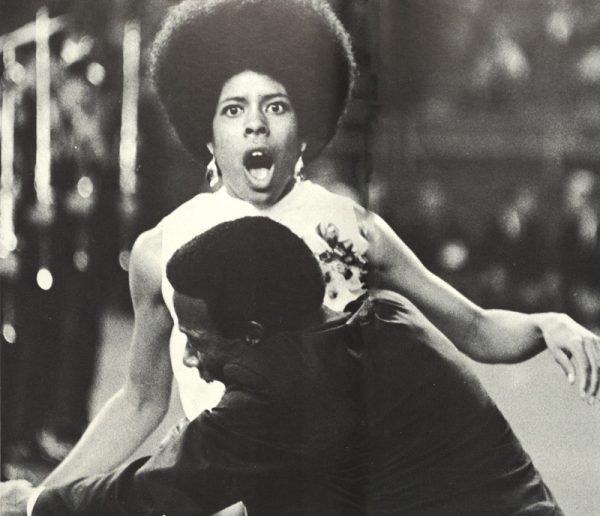
in 1962, two years before the Civil Rights Act. During the height of the Vietnam War and the assignation of Martin Luther King, Lynn was crowned at Houston’s annual homecoming football game, making headlines in the papers across the nation. Individuals of color have faced oppression and segregation for decades, so for an African-American to win the title of homecoming queen, a role model for the school that’s always been a white girl from the expectation, until now. History has been changed by accepting the homecoming queen no matter the skin color. Lynn continued to make her voice heard and graduated until she was stabbed to death in a stranger’s car in 1971, only three years after her coordination as Houston’s homecoming queen, unfortunately, making headlines once again.
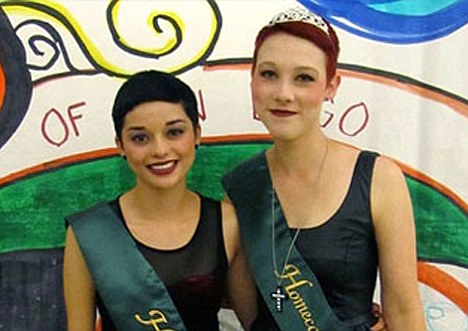
In late October of 2011, ABC reported that one of the first same-sex homecoming queen and king was elected at a high school in San Diego. Rebecca Arellano was pronounced the first female homecoming king, standing beside her girlfriend homecoming queen, Haileigh Adams. Arellano shared to ABC her gratitude for her support, but also her frustrations. Traditionally, homecoming was supposed to go like this: A football game with full stands of people with a white homecoming king, and a white homecoming queen. Over the past years, queer representation has spread across the country along with the rise of social media, this also includes school environments as well. Schools are finally hearing the voices of their students and teachers of the LGBTQ+ community and are now treating members of the community as equals. Compared to the past years such as the eighties, a feat like this would’ve never been possible. Years and years of hate have been put on the community, and unfortunately, this hate hasn’t been put to an end. According to the article, “Lesbian Student Named Homecoming King at High School in San Diego,” Haileigh Adams quotes, “We have a lot of support, but there are also a lot of people who are angry about it,” she said. “Anonymous Patrick Henry students are saying they’re embarrassed and that it’s wrong for a girl to take the spot of king. But there’s no other way for us to run as a couple. It’s not really fair for us not to have the right to run as a couple.” Many students in the girls’ high school have supported the school’s decision and voting rights, congratulating the couple, they have also naturally attracted hate as the traditional way for homecoming court has not been followed. However, alumni from the school who identify as being part of the LGBTQ+ community defended and supported the couple in the same article, “Patrick Henry [High School] has always sort of been a little ahead of the curve, but I could not imagine this happening then,” said Ben Cartwright, an LGBT activist and graduate of the school. According to ABC, the couple both came out in their freshman year and began dating in their sophomore year, lasting to 2011, standing side-by-side together as homecoming queen and king.
Homecoming queens have come a long way, evolving into a more inclusive and positive event and that’s even more exciting than before. Schools each year have broken old standards, added their spin, and decorated their homecomings which has eventually turned into this exciting event in schools that gives students to bond and look forward to during the school season. A time to celebrate returning members of the school, dressing up, and making unforgettable memories. Good luck to all of the homecoming queen nominees at their homecomings!


